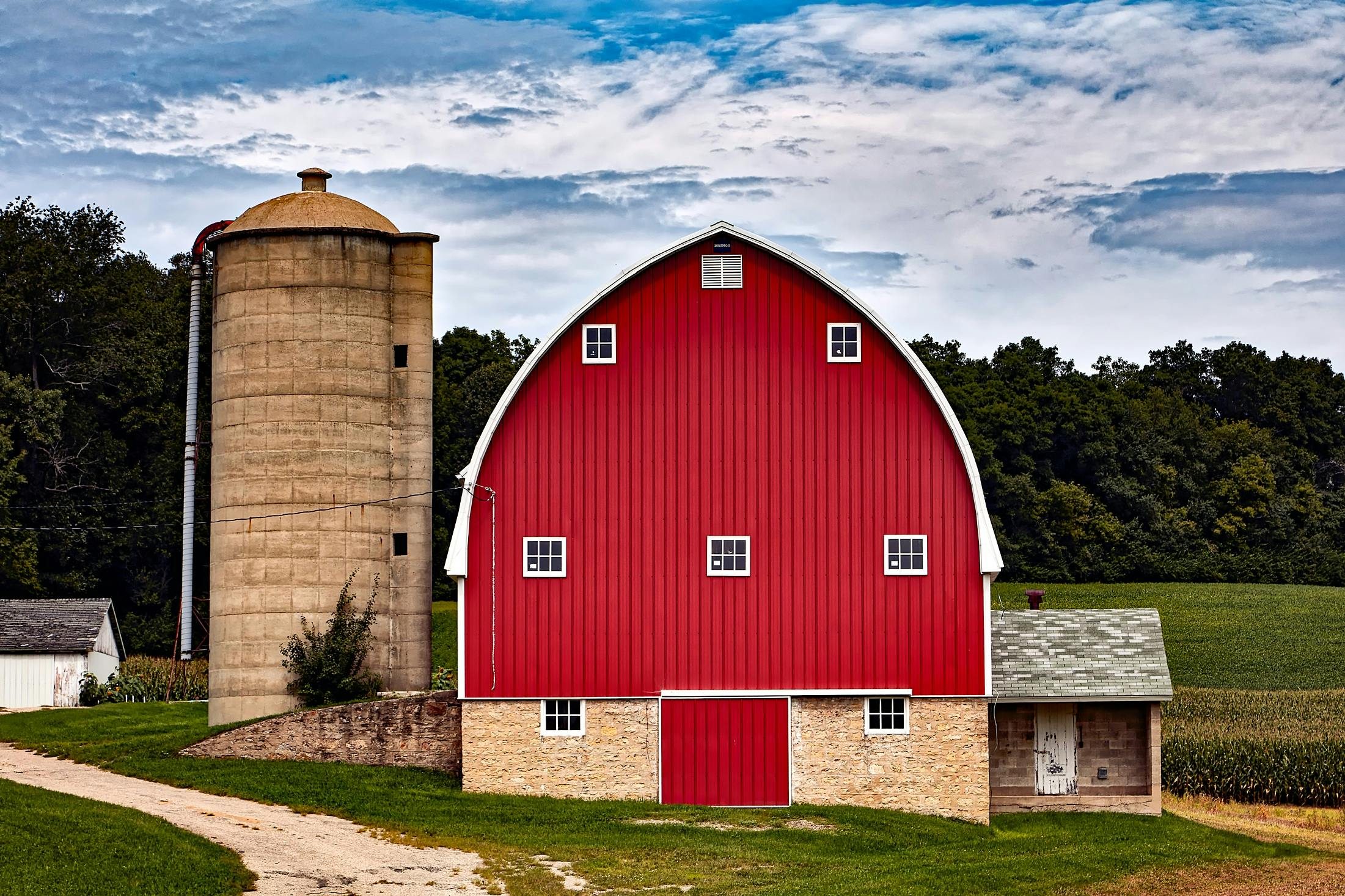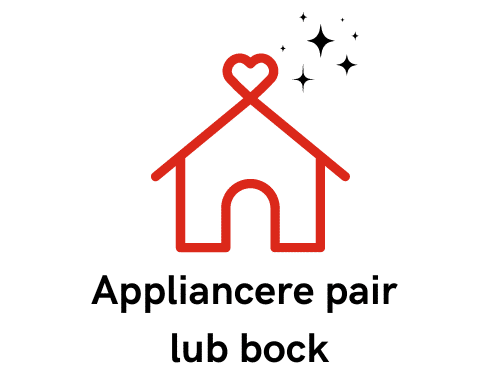What are the best practices for installing underfloor heating in a converted barn in Yorkshire?

You've taken on the admirable project of converting a barn into a home or commercial space. Now, you're faced with the monumental task of designing a functional, efficient heating system. One option, which has gained popularity in recent years, is underfloor heating – a method that capitalizes on the science of heat rising. Throughout this article, we'll explore the best practices for installing underfloor heating in a converted barn in Yorkshire, from the initial design to the source of heat that powers it.
Choosing the Right Heat Source
When designing an underfloor heating system, the first decision you'll need to make revolves around the heat source. This is what will heat the water that is circulated through pipes beneath the floor. There are several common options for sources of heat, but one that stands out is the ground source heat pump.
Cela peut vous intéresser : What are the determinants for appropriate driveway paving in a high-traffic area in Nottingham?
Ground source heat pumps are a sustainable and energy-efficient option. They harness the heat stored in the ground and use it to warm the water for your underfloor heating system. This form of energy is not only renewable, but it also has the potential to significantly lower your heating costs in the long run.
It's important to note that the installation of ground source heat pumps involves drilling into the ground, which can add to the initial cost of the project. However, the energy savings over time will typically offset this initial outlay.
Sujet a lire : How do you evaluate the robustness of fencing materials for a rural property in Northumberland?
Designing the Underfloor Heating System
The design of the underfloor heating system is crucial to its efficiency and effectiveness. The layout of the pipes and the type of flooring you choose can both have a significant impact on how well the system heats the barn.
When laying out the pipes, it's recommended to place them at regular intervals across the floor area. This will ensure even distribution of heat. The pipes should also be well-insulated to prevent any loss of heat.
The choice of flooring material is equally important. Some materials, like stone or ceramic tiles, conduct heat well and are therefore suitable for underfloor heating. On the other hand, materials like carpet or wood can insulate the heat and reduce the system's efficiency.
Managing the Installation Process
The installation of an underfloor heating system in a converted barn is a complex process that requires careful planning and execution. This is especially true if the barn is an old or historic building, as it may require more delicate handling.
Before commencing the installation, make sure you have a detailed plan in place. This should include the layout of the pipes, the location of the pump, and any potential obstacles that might need to be addressed.
During the installation, it's important to ensure that the pipes are laid evenly and securely, without any kinks or sharp bends that could restrict the flow of water. The pipes should also be tested for leaks before the floor is laid over them.
Building for the Future
Installing an underfloor heating system in a converted barn is not just about meeting your immediate heating needs. It's also about building a system that will serve you well into the future.
One way to future-proof your heating system is to make it adaptable. For example, if you choose a ground source heat pump, ensure it is large enough to accommodate any potential expansions to the building.
Additionally, consider integrating your underfloor heating with a smart home system. This will allow you to control and monitor your heating remotely, providing greater comfort and efficiency.
Balancing Cost and Efficiency
Finally, it's important to balance the cost of the underfloor heating system with its efficiency. While it might be tempting to go for the cheapest option, this might not provide the best performance in the long run.
For instance, while electric underfloor heating systems might be cheaper to install, they are often more expensive to run than water-based systems. Similarly, while the initial cost of installing a ground source heat pump might be high, the energy savings over time can make it a more cost-effective option.
Ultimately, investing in a high-quality underfloor heating system can not only provide you with comfortable, even heat throughout your converted barn but can also reduce your energy costs and make your home more sustainable.
The Role of Insulation
Insulation is a vital factor when considering underfloor heating for your barn conversion. Proper insulation ensures that the heat generated by the heating system is efficiently used and not lost through the walls, ceiling, or floor of the barn. This is particularly important in Yorkshire's climate, where winters can be harsh and heating costs high.
Given the age and construction of many barns in Yorkshire, insulation may be a challenge. The thick stone walls common in old barns, while charming, are not particularly energy efficient. The addition of insulation, however, can significantly improve this.
When insulating, focus on the walls, roof, and floor. The walls and roof can be insulated using a variety of materials, from traditional fibreglass to modern, eco-friendly options like recycled denim or sheep wool. The floor, however, requires special attention. Any underfloor heating system works best when the insulation is laid beneath the heating elements. This ensures that the heat rises into the room rather than being absorbed into the ground.
When planning your underfloor heating system, consider using a professional energy consultant or passivhaus builder. They can provide valuable advice on the best insulation materials and methods for your specific barn. With their help, you can create a cosy, energy-efficient home or workspace.
Smart Controls for Underfloor Heating
Modern underfloor heating systems come with a range of controls that allow you to regulate the temperature in different areas of the barn, known as zoning. Typically, each zone will have its own thermostat, allowing for individual control.
Many modern thermostats are Wi-Fi enabled, allowing you to control them remotely via a smartphone or tablet. This is not only convenient but also energy-efficient. For example, you could turn off the heating in unused rooms or adjust the temperature according to the weather forecast, saving on heating costs.
Smart thermostats can also learn from your habits. Over time, they can start to predict when you'll be home or away, adjusting the heating accordingly. They can even integrate with other smart home devices, like Alexa or Google Home, for voice-controlled heating.
Remember that while the upfront cost of a smart thermostat may be higher than a traditional one, the energy savings over time can make it a worthwhile investment.
Conclusion
In conclusion, installing underfloor heating in a barn conversion in Yorkshire involves careful planning and a keen understanding of the various factors involved. From the selection of the heat source, such as a ground source heat pump, to the distribution of pipes beneath your chosen flooring, every step requires thought and precision.
Focussing on the quality of insulation and opting for innovative solutions like smart thermostats, can enhance the performance of your underfloor heating system and ultimately, provide you with a cosy, energy-efficient barn.
Don't shy away from professional help, be it a passivhaus builder or an energy consultant. With their guidance, you can ensure your barn conversion is not just a comfortable space but also an environmentally friendly one that stands the test of time.
